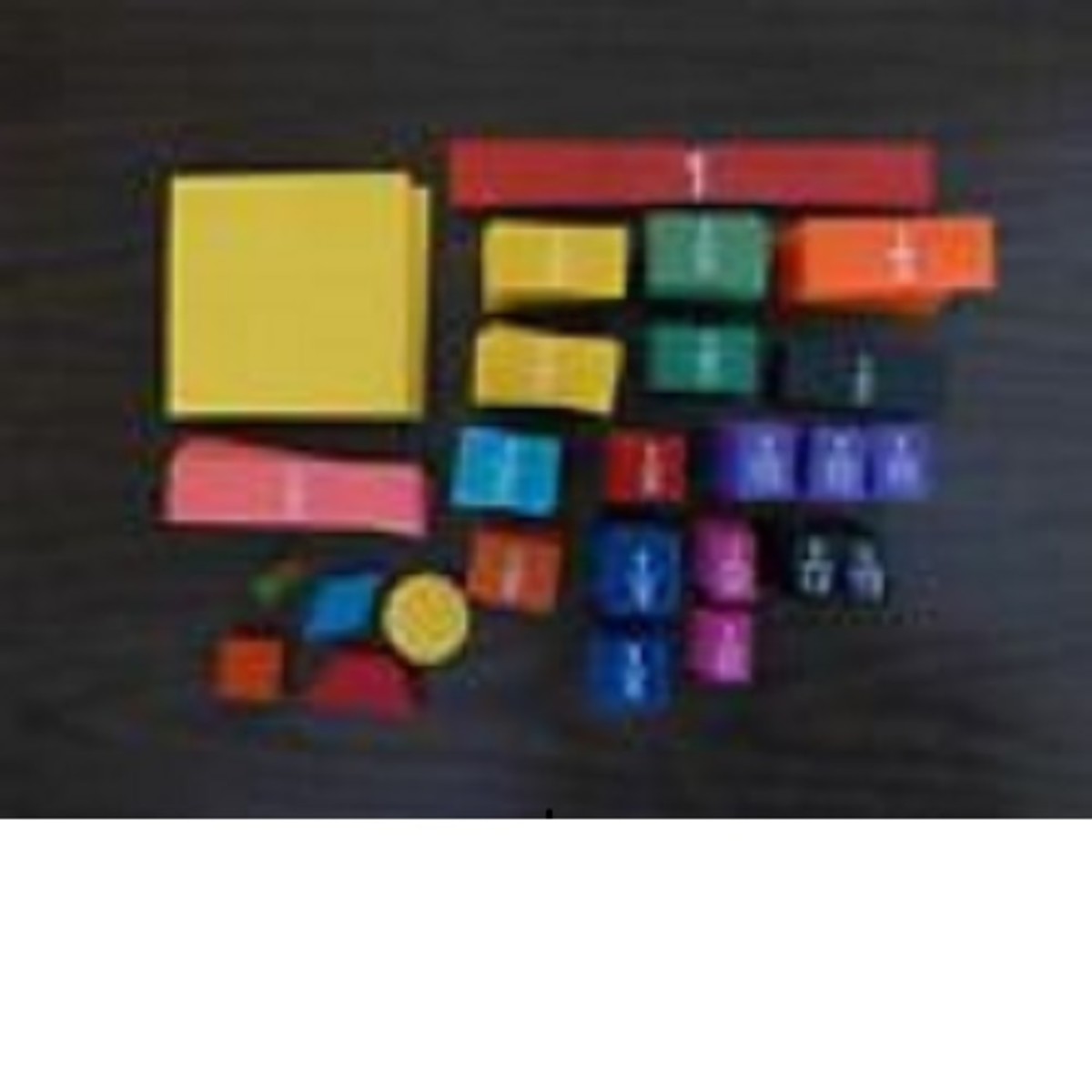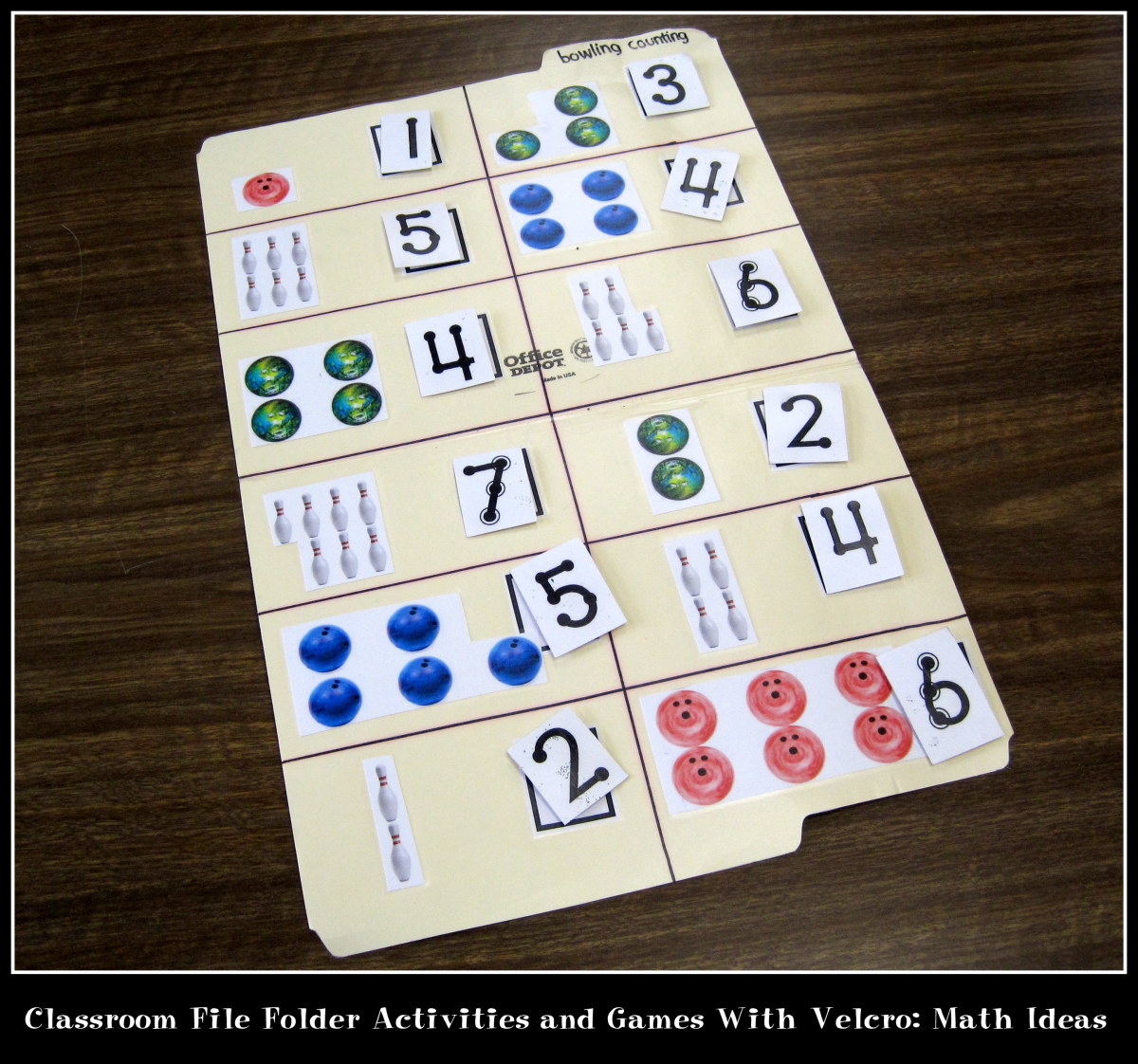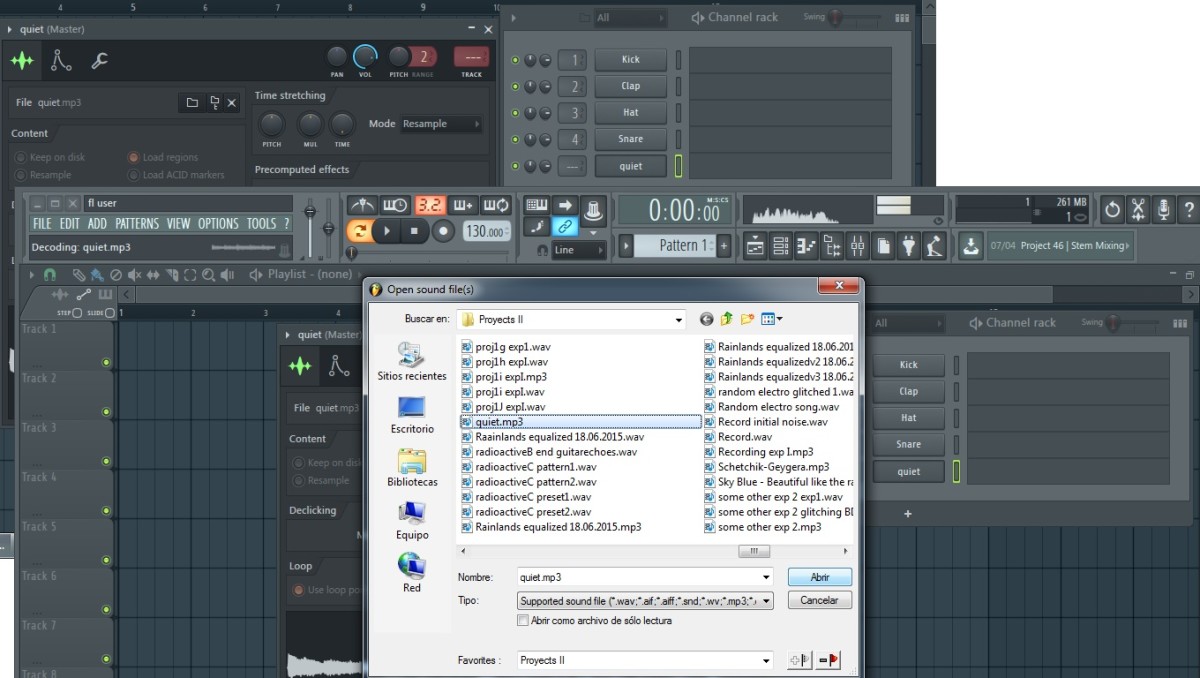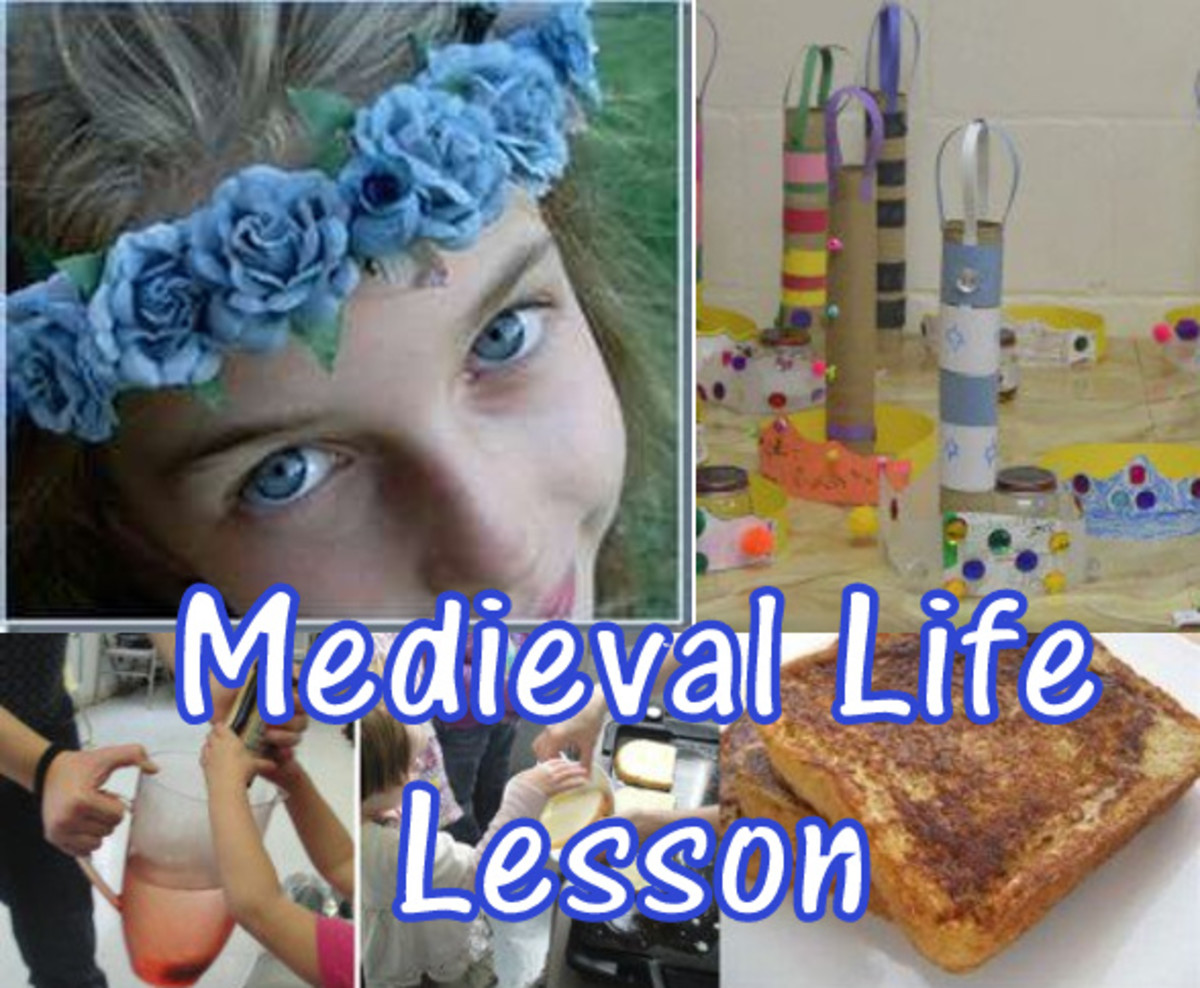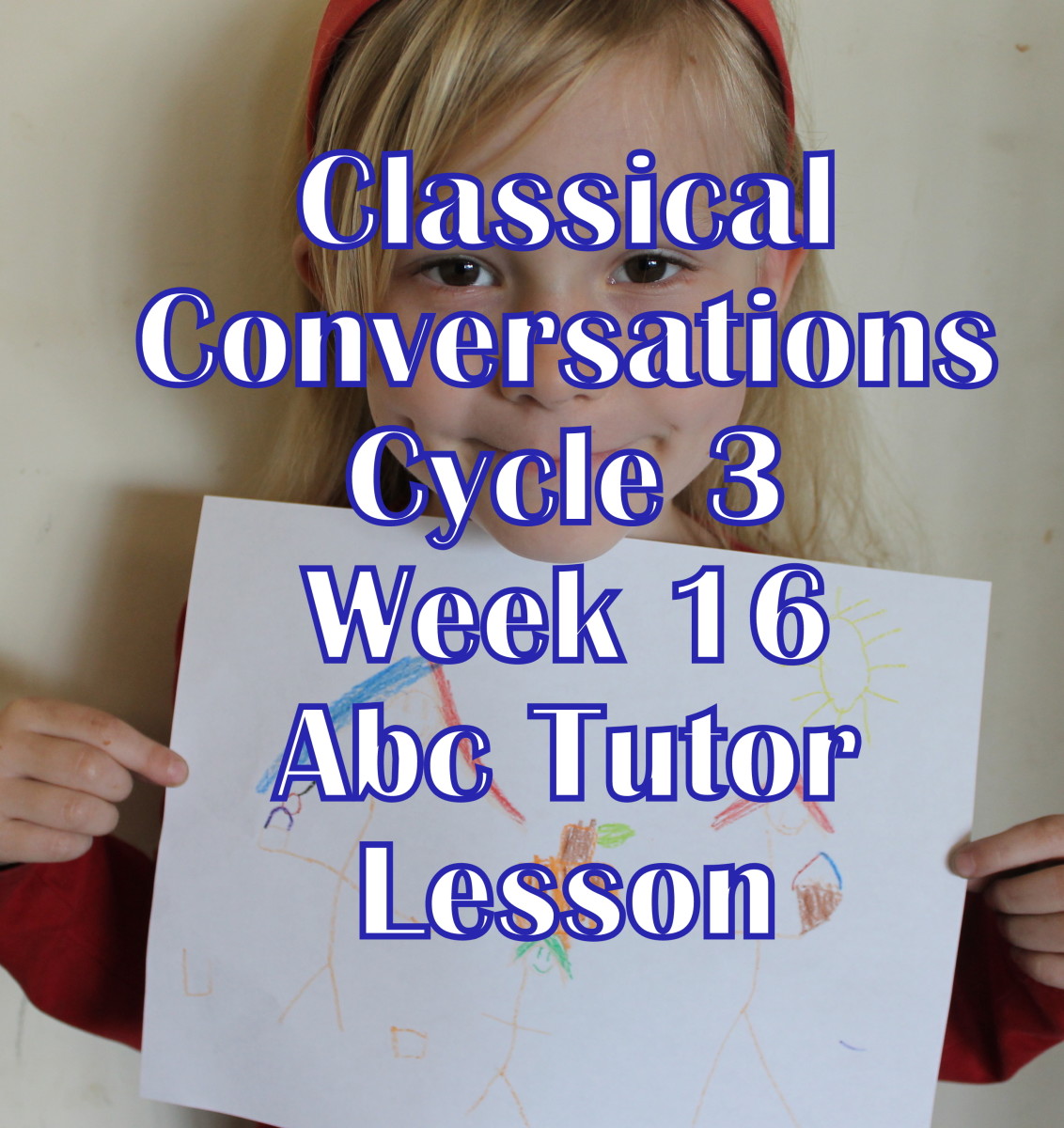- HubPages»
- Education and Science»
- Teaching»
- Lesson Plans
Ordering Decimals on a numberline, and adding decimals
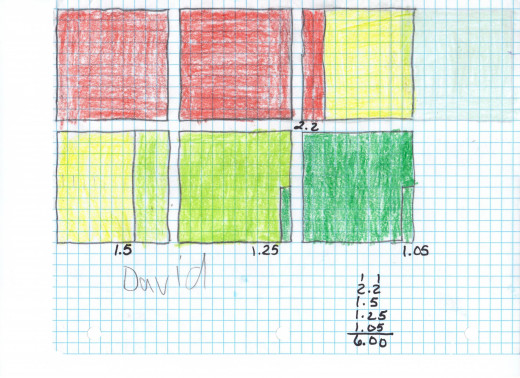
The Lesson Plan
Welcome Teachers and Parents
If your students or children are having problems understanding decimals, take the time to teach them in a way that they can understand. The numberline is a tool that can be used to order numbers. If your child is working on decimals, they should be familiar with ordering whole numbers from least to greatest. Remind them how sometimes in everyday life numbers have to be organized from the smallest to the biggest numbers or vice versa. It is important that children know how to do the same for decimals.
Ordering Decimals on a Number line
Rationale: 4b1 (B) Number, operation, and quantitative reasoning. The student uses place value to represent whole numbers and decimals. The student is expected to: use place value to read, write, compare, and order decimals involving tenths and hundredths, including money, using concrete objects and pictorial models.
Materials:
-Smart board - Envision Math CD
-Computer -Students’ Math notebooks and textbooks
-Register paper (number lines) -Decimal cards
-Markers and or pencils
Focus: Using Envision math review the use of number lines and how to order decimals and or fractions from least to greatest. Also review comparative symbols and how we are to properly use them. Students should have their notebooks handy to take clear and concise notes. If you do not have this curriculum, find anything on grade level that has a practice problems on the subject.
Instructional Input:
1) Instruct students in their table groups, to create a number line.
2) Label it from 0 to 1.
3) Pass out the decimal cards, each student should have at least one
4) Take turns, placing the decimals cards on the number line
5) When they are finished they are to check their work and make sure they agree about the sequence.
6) If there is time give students more cards to add to the number line.
Note: Students may use base ten blocks, draw arrays if need be to figure out which decimal is bigger or smaller.
Closure:
Discuss the order of the decimals. What strategies do the students use to figure out the right order?
Do they think of the decimals as fractions?
What about money? Do they think of money to help them determine the value of decimals?
Evaluation: Assess student’s Number lines- Are the students able to order the decimals from least to greatest? Do they understand the differences between tenths and hundredths? Do they realize that smaller numbers go to the left of larger numbers?
Adding Decimals Game
I recommend this game for struggling students who need differentiation. This could make a nice warm up activity.
Materials:
graph paper
color pencils
make decimal cards
Students can play in partners
1) Have students make 10x10 grids on their graph paper, premake a deck of decimal cards and shuffle them well, place them face down and have students take turns drawing one. When they see their decimal, they should shade it in.
2) The objective is to fill two grids first. The winner adds up all the decimals to make sure they equal 2.00 / 2 wholes.
3) Parent or teacher monitor to make sure the child understands how to shade in the decimal correctly. Each grid represents a whole with 100 .01 / 100 pennies / or 100 hundreths. (Make sure to explain this).
- Comparing Fractions and Decimals: How are they the s...
Often students struggle to see the similarities between fractions and decimals. Both terms describe parts of a whole. Decimals are a based ten system, being so using money to teach decimals makes it very easy to explain. Use graph paper to make a 10. - Multiplication help
Multiplication can be learned and practiced in different ways: using skip counting, memorization, the box method, and arrays. - How to teach children to add three digits numbers?
For most of us adding is a basic math skill. However when you are adding large numbers in your head and are trying to estimate averages, your might find mental math very useful. When teaching children to add large numbers, in the past most teachers..


